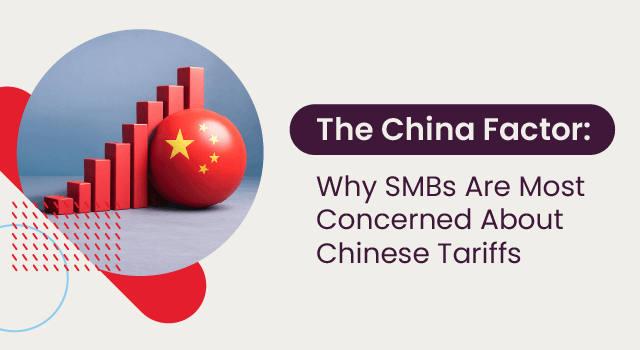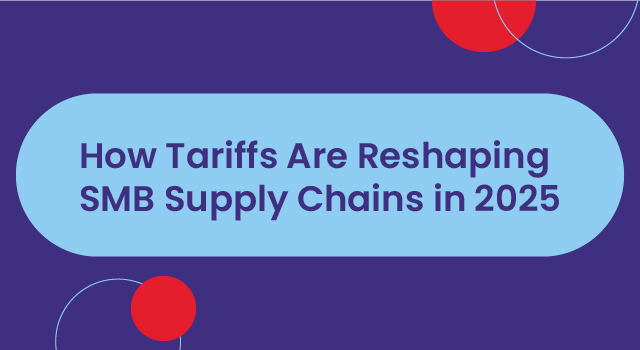In inventory discussions we often hear the word “classification” and that it is an essential part of the fundamentals of inventory. What is meant by “classification” and why is it so important?
Is it simply the traditional ABC analysis or for it to be truly helpful is there more to consider?
Let’s look at some of the symptoms of poor classification first.
- Items that should not be ordered are triggering orders
- The quantities being recommended are often completely incorrect
- It takes far too long to get through the whole inventory management process
- It is simply impossible to review all the recommended order quantities prior to placing the orders and often items that should not be ordered are being ordered. This leads to excess stock
- Applying the same Target Fulfillment Rate and Safety Stock to all items does not use vital working capital effectively
- Applying the required Policy parameters, Target Fulfillment Rate and Safety Stock to items individually is far too much work to do and impossible to keep up to date and a more effective mechanism is required
Reviewing the above, the benefits of classification may seem obvious but what is the real purpose of classification?
- To improve focus on the items that are most important to achieving your business objectives
- To apply key Policy parameters including Target Fulfillment Rate and Safety Stock according to the role an item plays in the business
- To identify those items that have not sold in the short-term and must be made “Non-stocked”. These will only be ordered when a customer places a firm order
- To identify those items that have not sold in a long time and are now Obsolete and must never be ordered again
- To improve productivity in the management of inventory so that we have the time available for the items that will give us the biggest benefit yet we do not totally ignore those items that need attention of a different kind
How should one proceed with the classification process? Applying the following steps in sequence will generally give you the best results with the least amount of effort:
- Manufacturing businesses need to identify the primary grouping of Finished Good items versus the Raw Material items before proceeding with the following. The reason for this is that Raw Material items will quite often have no sales history (unless of course they are also sold in their own right). Not identifying these items first would lead to incorrect results in the first few steps below
- Identify the Obsolete items first. As an example, items that have not sold in the last 24 months could well be classified as Obsolete
- Identify the Non-stocked items next. Items that have not sold in the last 12 months
- Note: The parameters used in the above two examples will vary from business to business
- The remainder will be the “ABC” items that are trading on a regular basis.
Because these “ABC” items are the lifeblood of a business they deserve a discussion on their own.
Is a simple “ABC analysis on its own really adequate or would your business benefit from a more detailed insight of the traditional “ABC” analysis, especially if this further improves Management focus and the application of policy parameters?




